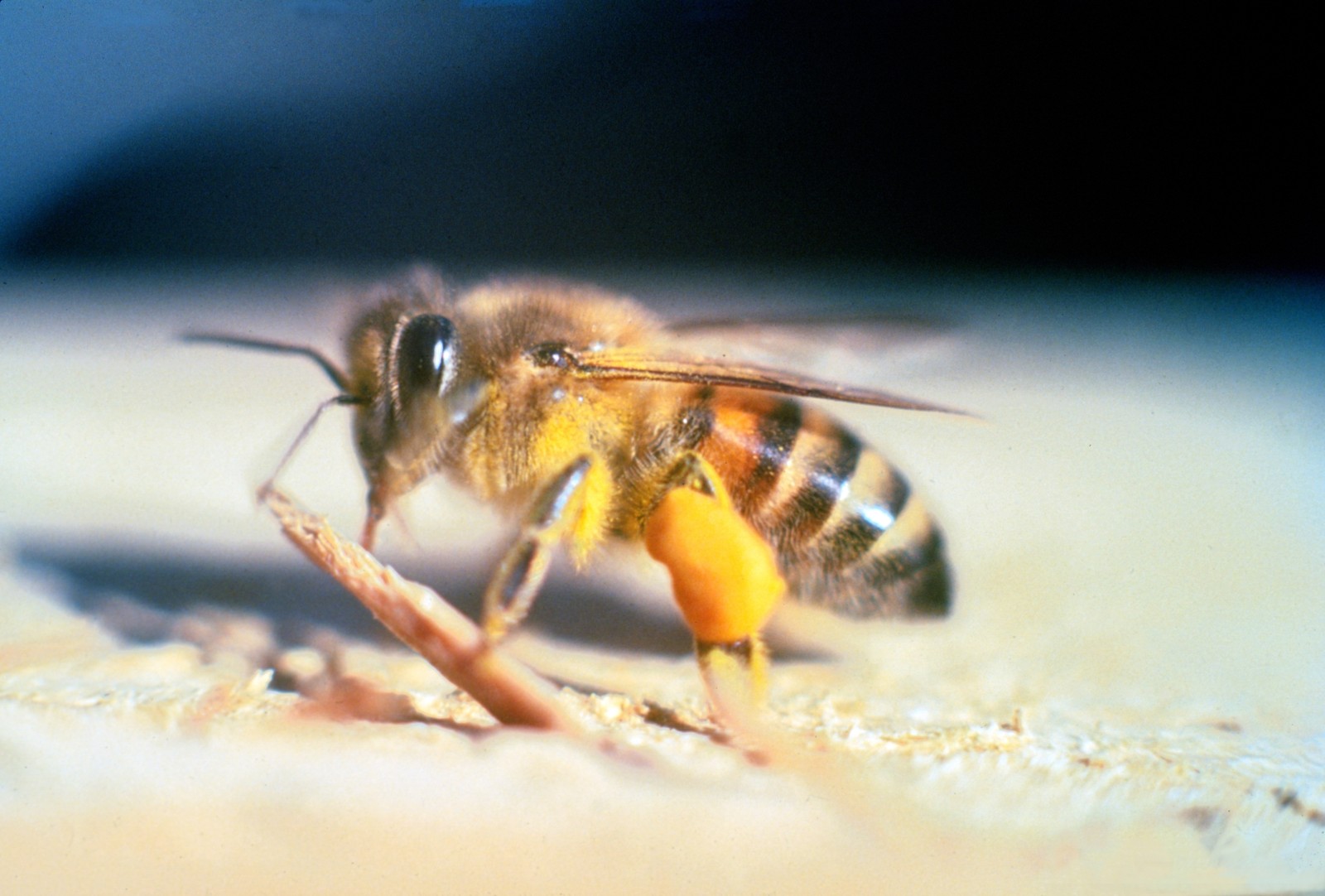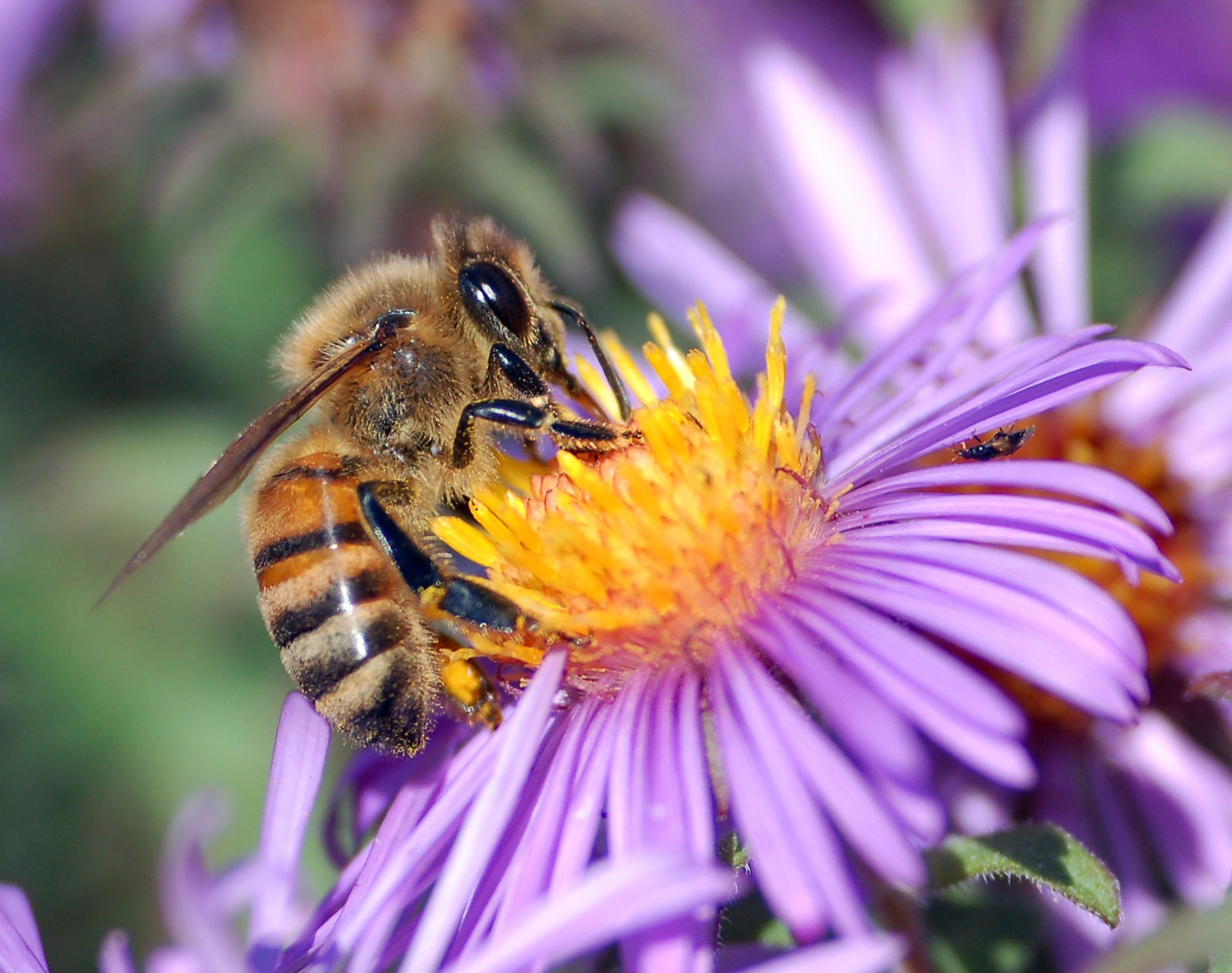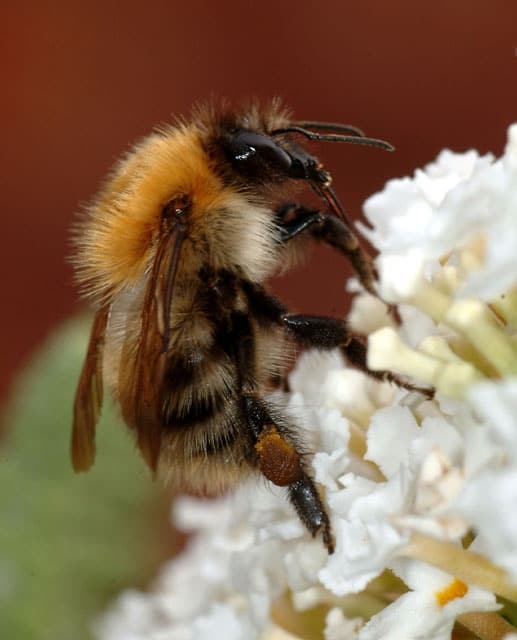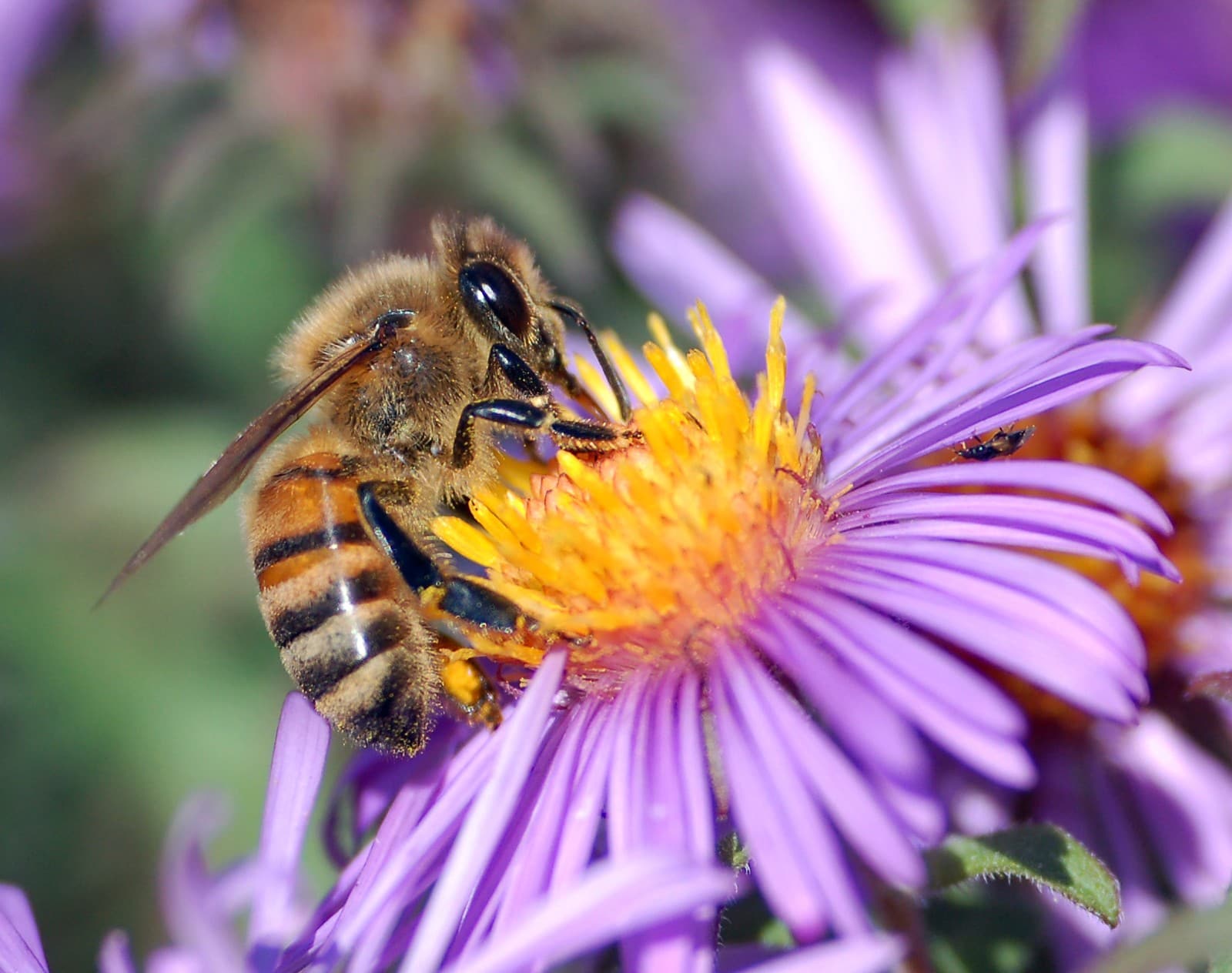Killer Bee vs Honey Bee: A Complete Comparison
When comparing Killer Bees vs Honey Bees, the differences extend far beyond their notorious reputations. While both species belong to the same species (Apis mellifera), Killer Bees – officially known as Africanized Honey Bees – exhibit more aggressive defensive behavior and can pursue threats for up to 1/4 mile (0.4 km), compared to European Honey Bees’ typical pursuit distance of 50-100 feet (15-30 meters).
Despite their menacing nickname, Killer Bees actually produce more honey than their European counterparts, generating up to 220 pounds (100 kg) per colony annually versus the European Honey Bee’s average of 60-100 pounds (27-45 kg). However, this increased productivity comes with significant behavioral differences that make them considerably more challenging to manage.

© Jeffrey W. Lotz, Florida Department of Agriculture and Consumer Services, Bugwood.org / CC BY 3.0
The Africanized Honey Bee, commonly known as the Killer Bee, displays more pronounced defensive behaviors and can detect threats from greater distances than its European cousin.

The European Honey Bee exhibits calmer behavior and is the preferred species for commercial beekeeping worldwide due to its manageable temperament.
Key Differences Between Killer Bees and Honey Bees
| Feature | Killer Bee | Honey Bee |
|---|---|---|
| Size | 0.47-0.59 inches (12-15mm) | 0.59-0.63 inches (15-16mm) |
| Defensive Range | Up to 1/4 mile (0.4 km) | 50-100 feet (15-30m) |
| Colony Size | 4,000-8,000 bees | 10,000-60,000 bees |
| Honey Production | Up to 220 lbs/year (100 kg) | 60-100 lbs/year (27-45 kg) |
| Swarming Frequency | 10-12 times per year | 1-2 times per year |
| Venom Potency | Same as European Honey Bee | Same as Killer Bee |
Behavioral Differences and Defense Mechanisms
Killer Bees demonstrate significantly more aggressive defensive behavior than European Honey Bees. When threatened, they:
- Respond to disturbances 10 times faster
- Deploy 8-10 times more guard bees
- Pursue perceived threats for longer distances
- Remain agitated for up to 24 hours after disturbance
European Honey Bees typically:
- Show measured defensive responses
- Deploy fewer guard bees
- Cease defensive behavior quickly
- Return to normal activity within minutes
Habitat and Distribution
Originally confined to Africa, Killer Bees were accidentally released in Brazil in 1956 and have since spread throughout South and Central America, reaching the southern United States. They thrive in tropical and subtropical climates, while European Honey Bees adapt well to varied climates including temperate regions.
Colony Dynamics and Reproduction
The reproductive patterns between these bee varieties show marked differences:
- Killer Bee colonies swarm 10-12 times annually
- European Honey Bee colonies typically swarm 1-2 times per year
- Killer Bees establish new colonies more rapidly
- European Honey Bees maintain larger, more stable colonies
Impact on Agriculture and Beekeeping
Despite their aggressive nature, Killer Bees contribute significantly to agriculture:
- Higher honey production per colony
- Excellent pollination capabilities
- Greater resistance to parasites
- Better adaptation to tropical conditions
However, their defensive behavior makes commercial beekeeping challenging, leading most apiculturists to prefer European Honey Bees for managed colonies.
Safety and Identification
Distinguishing between Killer Bees and European Honey Bees requires laboratory analysis, as they appear nearly identical to the naked eye. The key difference lies in their behavior rather than appearance. If encountered, remember:
- Stay calm and avoid swatting
- Cover your face and head
- Seek enclosed shelter immediately
- Alert local authorities if Killer Bees are suspected
This comprehensive comparison of Killer Bees vs Honey Bees reveals that while both subspecies play vital roles in ecosystems and agriculture, their behavioral differences significantly impact human interaction and management approaches.











